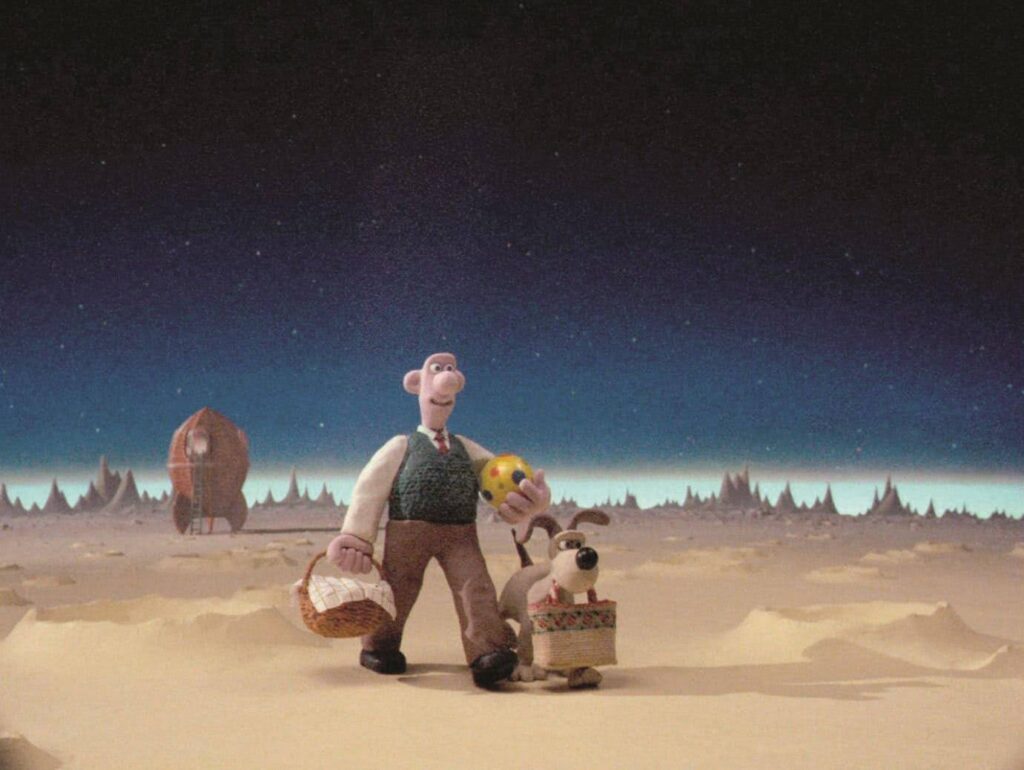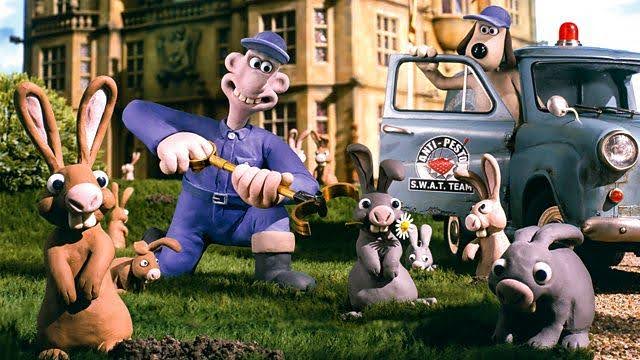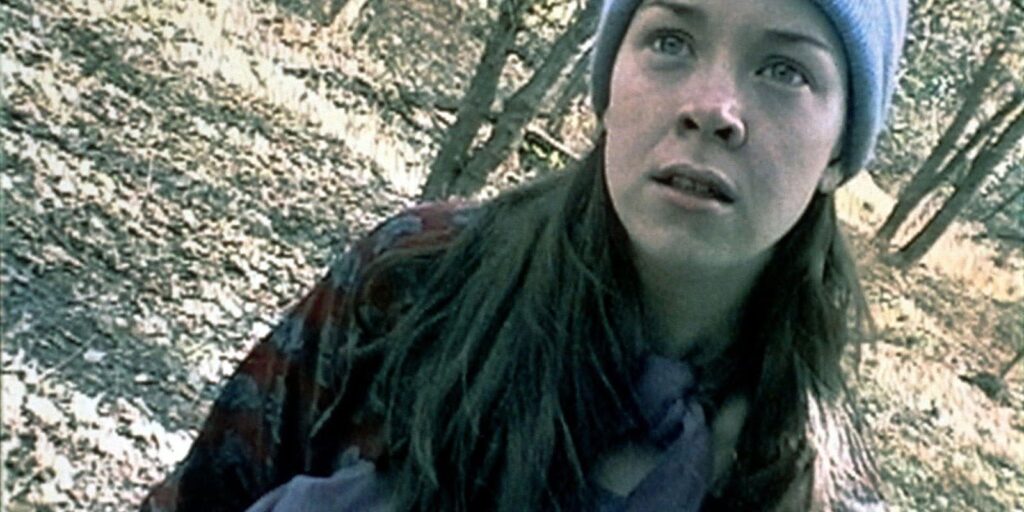
Introduction
While we would all love to think that once we have a film idea and have finished writing the script for it, that we can just go out and make it. While this is true to an extent, we must be aware of what it takes to actually springboard a movie into production.
Filmmaking is an intricate dance of creativity, coordination, and money, more specifically, budgeting! Whether you’re working on an indie feature, short film, or a major blockbuster, understanding how to allocate and manage resources is key to bringing your vision to life, without breaking the bank of course!
Today’s article is designed to guide you through the budgeting process, from breaking down costs, strategizing to make the best use of your resources, and budgeting tools from Celtx you can use to make your life as easy as possible.
The Reality of Film Budgets
No film demands the same budget; they can vary dramatically depending on the scale of the production.
A short film, indie feature or documentary will have vastly diverse needs than a Hollywood blockbuster. It’s important to understand these distinctions and how different resources are allocated based on the project scope.

Indie Feature Films
Let’s face it – we don’t all have millions of dollars stashed away for our next film project. This is good news for indie features that typically demand a modest budget, ranging anywhere from a few thousand to a couple million dollars.
What this means is that directors and producers must be more resourceful and creative in how they allocate funds. They may need to have a smaller crew, find extremely cheap or free locations to shoot on, and keep special effects to a minimum.
It can be extremely rewarding working on tight financial constraints with small wins along the way as you maximize creativity and save money simultaneously.
From shot lists to schedules, Celtx keeps your production on track.
Explore our tools now!
Blockbusters
Big budget films, especially within the realms of superhero franchises and action movies, can easily have budgets in the hundreds of millions.
A Michael Bay movie or Marvel instalment such as Avengers: Endgame (2019) could have a budget exceeding $200 million. These are movies that spend a lot of time and money on special effects, stunts, A-list talent, and extensive marketing.
Technology plays a vital role in Marvel movies, with massive crews working around the clock to produce the results. Movies like this tend to have huge, dedicated fan bases filled with anticipation, so huge budgets and the absolute best of everything are required to make good on investments in both time and energy.

Short Films
Often seen as effective stepping stones for upcoming filmmakers, short films tend to have the smallest budgets ranging from a few hundred dollars to several thousand.
Much like indie features, shorts need to maximize their resources as much as possible, challenging filmmakers to experiment and be innovative storytelling and filmmaking techniques without the huge budgets at stake.
Such resourcefulness is also a wonderful way to network and connect with other filmmakers and crew members, who band together to make those first few projects a success.Now a major animation studio in the UK, Nick Park, and Aardman Animations’ first Wallace and Gromit outing, Wallace & Gromit: A Grand Day Out (1994) was made with a modest £11,000, using stop motion, plasticine figures and creative set pieces to bring the beloved characters to life.

From an £11,000 beginning, Park and Aardman’s ventures are now budgeted in the millions with 2005’s Wallace & Gromit: The Curse of the Were Rabbit costed at $30 million, taking $200 million at the global box office. The latest Wallace and Gromit installment, Wallace & Gromit: Vengeance Most Fowl is due in the US in early 2025.

It just goes to show how short films can catapult filmmakers to worldwide success!
Filmmaker Josh Jacobs spoke to No Film School about his experiences making low-budget short films and the lessons he learned from the production process – check it out here.
Spend or save?
No matter the scale of the film, some expenses will always be bigger than others. Whether a small or large crew, it’ll be the people that cost the most. Some independent filmmakers may rely on a smaller team and unpaid volunteers but will need to fill a few key roles such as director, producer, cinematographer, and editor to cover all bases of production, which of course, costs money.
Larger productions will need a team for every department including lighting, sound, camera, costume, casting, editing, and marketing.
While it is possible to shoot in some locations for free, some shoots demand exotic or urban locations that require permits or special permissions to gain access to. Transportation to and from those locations should also be highly considered.

High quality cameras, lenses, lighting, and sound gear all comes at a price, especially when you have multiple filming units, such as on blockbuster movies who will invest millions in the absolute best money can buy. However, independent filmmakers have an opportunity to save by renting or borrowing equipment.
Once filming is complete, visual effects, editing, sound design and color correction are all part of the post-production costs. With software constantly becoming more advanced, studios are always updating where they can. For indie filmmakers, they may be relying on more outdated software or using DIY methods.
Finally, prior to the film’s release, it needs to be marketed to its target audience. While not strictly part of the production, marketing and distribution are vital costs to boost success. Big budget moves will allocate huge sums to this final part of the process, while indie films tend to be more creative, utilizing social media more and devising new promotional strategies.
What Goes into a Film Budget?
So, we’ve covered the basics of film budgets and how they vary depending on the scale of the project. But what goes into that budget?
Let’s break the budget down into each production stage and look at what is included and when.
Development
The initial phase of production, this is when the script is written, rights are required, and all pre-production planning takes place. This is usually one of the cheaper stages of production for both blockbusters and indie films.
If you’re struggling for funds in this early stage, then why not set up a crowd fund on a site like Kickstarter where countless filmmakers have raised money for their projects. If you do decide to go down this route, please make sure you’re fully prepared!
Pre-Production
Once the planning details are confirmed, the executives hire crew members, secure locations, cast talent and gather equipment ready for filming. Here is where the real spending begins, with opportunity to save money by employing smaller crews and searching locally for your talent, both in front of and behind the camera.
Production
This takes up the largest portion of your budget. With filming now underway, you’ll have the daily expenses of shooting including paying the crew, covering locations costs, feeding everyone, renting equipment and much more.
Naturally, Hollywood shoots will often spend millions of dollars just on production costs due to larger crews, more complex set ups and higher-end equipment.
Post-Production
Once filming has wrapped, it’s time to edit, sound mix, color grade and add visual effects to your movie. You can also add music and ensure everything aligns with your original vision.
If you’re an indie filmmaker, this may mean you’ll need to learn how to edit yourself or use cheaper software. While this would of course take up more time, the experience you’ll gain from learning a new skill will be invaluable!
Multi-skilled filmmakers are becoming even more prevalent, so don’t be afraid to try your hand at new things!
Marketing & Distribution
Hollywood movies will spend vast amounts of money on everything from trailers and posters to media buys and press tours to promote themselves. However, this usually isn’t possible for smaller productions, who rely on social media and other avenues of advertising such as print, radio and TV in the local area.
Indie projects should still allocate finds to marketing, to ensure the film gets seen!

Unexpected Costs
It doesn’t matter if your movie has a multi-million-dollar budget or not, it can still fall victim to unexpected costs that delay the production process.
Weather delays, talent issues, equipment failures and reshoots can all add unexpected stress to your budget. To prepare for challenges such as these, we recommend you set up a contingency fund of around 10 to 15% of your total budget to help soften the blow if things do go wrong.
Film Budgeting for Indie Productions
So, you want to make an indie movie? It’s all about balancing your creative ambitions with budget constraints. Often, indie filmmakers are expected to pull off miracles with limited resources. It may seem an impossible task, but there’s so much you can do with the right plan!
Make the most of the limited resources you have. When casting your movie, turn to students and/or local people as well as graduates for both your cast and crew. Often, they’re happy to be paid a lower amount for the experience which can save you a significant amount of money. It’s a win-win!
To also save on initial expenses, instead of renting out elaborate sets or shooting in expensive locations, consider using simple, accessible spaces. If you’re able to and if the script allows, try shooting in your own home or outdoor space to avoid costly location fees.
Everyone now has a camera or smartphone of some sort, so if you’re able to utilize these and any other equipment you already have, all the better. The latest mobile phones can shoot surprisingly high-quality footage, so you won’t have to fork out for expensive cameras etc. Borrowing or renting from friends is also a terrific way to cut costs.The Blair Witch Project (1999) did all this and more, with the filmmakers adopting a minimalist approach to bring their vision to life. By collaborating with unknown actors, utilizing found footage and shooting in open woodland on a shoestring budget, they were able to create one of the most recognizable and notable horror films of all time, making $250 million globally.

Similarly, the original Paranormal Activity’s (2007) production budget was only $15,000. The decision to shoot on a home video camera not only did wonders for keeping the budget down and eliminated the need for a camera crew, but also added to the raw format.
Big-Budget Films: Where Does All the Money Go?
In contract, Hollywood budget their films differently, with most of the cost tied into creating visual spectacle through special effects, elaborate sets, stunts, and A-list talent.
As one of the highest-grossing films of all time Avengers: Endgame was no exception. With a $535.5 million total spend geared towards the constant need for visual effects and CGI to bring the Marvel universe to life, plus a huge ensemble cast of Hollywood’s finest, including Robert Downey Jr. and Scarlett Johannson and stunts throughout most of the movie, it’s no wonder the budget was as high as it was!
For a full breakdown of the costs that made Avengers: Endgame, XPath Media have a fantastic resource here.
How Celtx Helps Manage Your Budget, No Matter Your Scale
No matter your production scale, managing your film’s budget can be a challenge. This is where tools like Celtx come in to help you! We offer a suite of pre-production tools, perfect for managing both indie and larger scale productions.
Our dynamic budgeting tool allows you to track your expenses and dynamically adjust as your project progresses. You can update your line items as costs change, making it easy to adapt to unexpected expenses. Find out how to create a film budget in Celtx here.
Once you’ve set out your budget, it’s easy to integrate it with scheduling, casting, and call sheets, providing a holistic view of your production from start to finish to help you keep everything on track.
For more on how Celtx can help you budget your next project, check out our Budgeting Overview for tips, tricks and a handy video on how to get started.
Happy filming!
Learn more about pre-production:
- Why Storyboarding Still Matters in 2024 (Even with AI Tools)
- The History of Call Sheets
- How to Block a Film Scene
